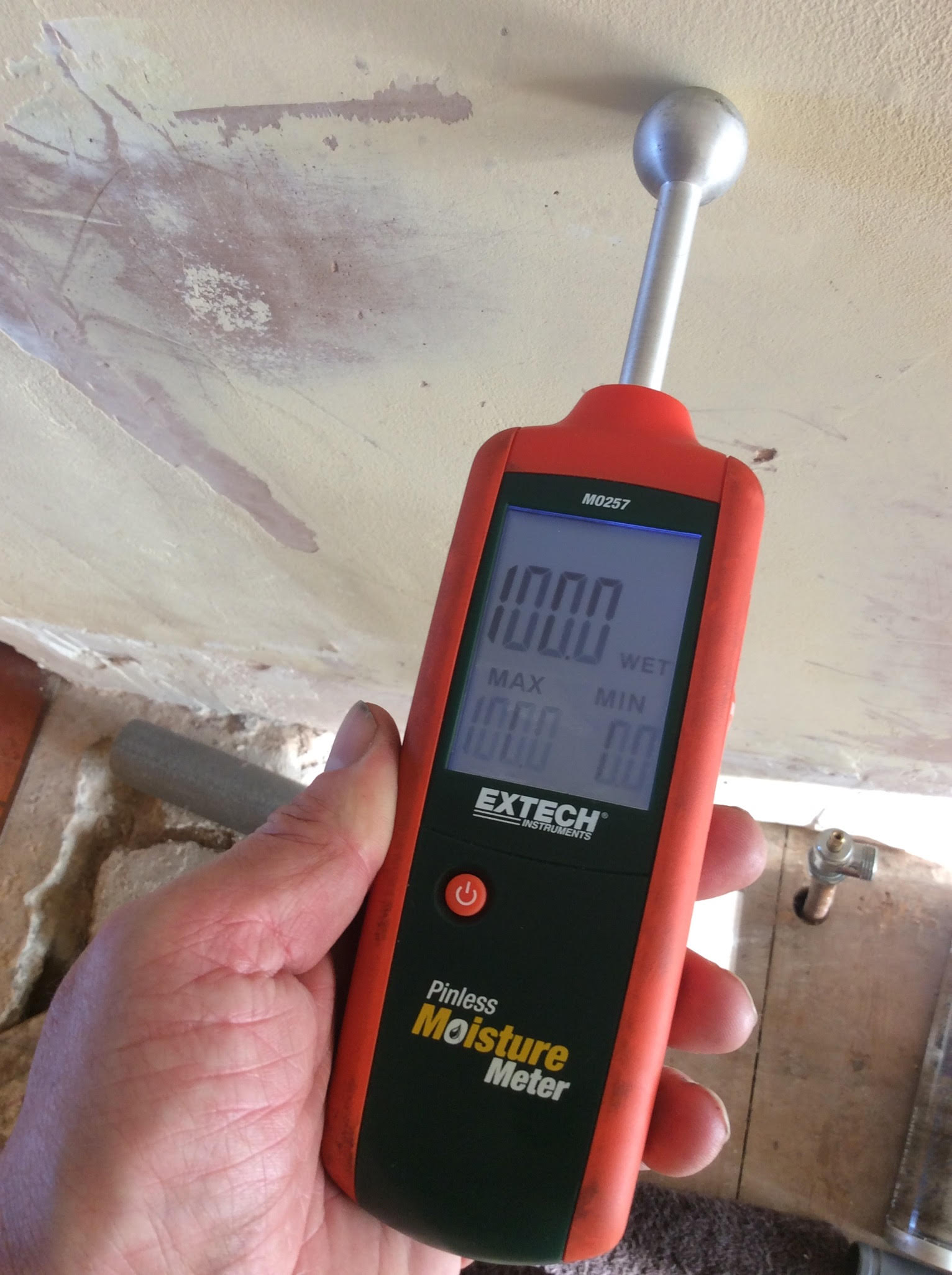Ingenious Solutions for Early Discovery of Water Leakages in Buildings and Infrastructure
From advanced leak detection modern technologies to the release of IoT sensing units for real-time surveillance, the landscape of leak prevention is progressing quickly. Automated water flow analysis systems are reshaping exactly how leakages are recognized and dealt with, leading the way for a proactive method to water leak detection.
Advanced Leakage Discovery Technologies
Advanced leak discovery technologies, furnished with innovative sensing units and formulas, play an important duty in promptly recognizing and identifying water leaks in numerous setups. These innovations use a combination of acoustic, thermal, and electro-magnetic noticing approaches to identify leakages properly. Acoustic sensing units detect the audio of leaving water, permitting exact localization of the leakage resource. Thermal imaging spots temperature level adjustments brought on by water leak, giving another efficient method for leak identification. Electromagnetic sensors can determine changes in magnetic fields brought on by water, using yet another layer of leak detection ability.

IoT Sensors for Real-Time Monitoring
In the world of contemporary water leak discovery, the assimilation of IoT sensing units for real-time tracking represents a crucial advancement in enhancing positive leakage discovery capabilities. These sensing units use continuous monitoring of water systems, offering real-time information on water flow prices, pressure variants, and temperature level modifications. By leveraging IoT technology, these sensing units can spot also the smallest anomalies in water usage patterns, allowing early recognition of potential leakages prior to they rise into major concerns.
IoT sensors send data to a central platform, where sophisticated algorithms analyze the details and produce informs or notices when abnormalities are discovered. This real-time monitoring capability allows building proprietors or center supervisors to promptly deal with leaks, decreasing water damage, decreasing repair work prices, and preserving water sources.
Moreover, IoT sensors can be integrated with building management systems, enabling for computerized reactions to identified leakages, such as shutting down water shutoffs or turning on pumps to reduce the impact of leakages. Generally, the execution of IoT sensors for real-time monitoring substantially improves the performance and efficiency of water leakage discovery in buildings and framework.
Artificial Intelligence Algorithms for Leak Prediction

One secret advantage of using device learning for leak forecast is its capability to continually find out and boost its accuracy gradually. As even more data is accumulated and fed right into the formula, it can fine-tune its forecasts and adjust to altering conditions, ultimately boosting the reliability of leak detection systems.
Moreover, maker understanding algorithms can aid in determining subtle indicators of leakages that may go undetected by traditional monitoring methods. water leak detection. By assessing complex data sets in real-time, these formulas can supply early warnings and signals, permitting timely treatment and precautionary maintenance to reduce prospective water damages and associated expenses
Making Use Of Thermal Imaging for Leak Detection
Thermal imaging modern technology supplies an encouraging strategy for finding water leakages in different systems and frameworks. By using infrared radiation and temperature level variations, thermal imaging electronic cameras can identify concealed leakages that are not quickly noticeable to the naked eye.
One of the essential advantages of thermal imaging for leak discovery is its non-intrusive nature. Unlike typical techniques that might need breaking into walls or floorings to situate leaks, thermal imaging permits non-destructive screening. This not just conserves time and minimizes expenses but likewise reduces disturbance to the structure or home framework being examined. Furthermore, thermal imaging can rapidly scan large locations, giving a thorough introduction of prospective leak resources in a timely manner. On the whole, using thermal imaging innovation enhances the performance and accuracy of water leakage discovery, making it an important tool for preserving the integrity of buildings and infrastructures.
Automated Water Flow Analysis Systems
Exactly how can automated water flow analysis systems reinvent the detection and management of leakages in various systems and infrastructures? Automated water flow analysis systems use a proactive technique to leakage detection by constantly monitoring water circulation prices and patterns. By establishing standard information, these systems can promptly identify discrepancies that may indicate review a leak, allowing punctual intervention to stop comprehensive damages.
These systems use innovative algorithms to examine real-time data and give prompt notifies when anomalies are detected, enabling speedy activity to be taken. Additionally, automated water flow evaluation systems can be incorporated with structure monitoring systems or IoT systems, boosting overall efficiency and allowing remote tracking capacities.
Moreover, the information gathered by these systems can be utilized for predictive maintenance purposes, assisting to identify potential powerlessness in the infrastructure prior to leakages happen. Generally, the application of automated water flow evaluation systems can dramatically boost leak discovery and administration practices, ultimately bring about set you back savings, reduced water wastefulness, and increased sustainability in buildings and framework.

Final Thought
In verdict, the assimilation of innovative leakage discovery technologies, IoT sensors, artificial intelligence algorithms, thermal imaging, and automatic water flow analysis systems provides cutting-edge remedies for very early discovery of water leaks in buildings and infrastructure. These technologies make it possible for real-time surveillance, prediction of leaks, and efficient discovery approaches to stop water damages and waste. Implementing these pop over here solutions can aid in keeping the honesty and sustainability of water supply in different settings.